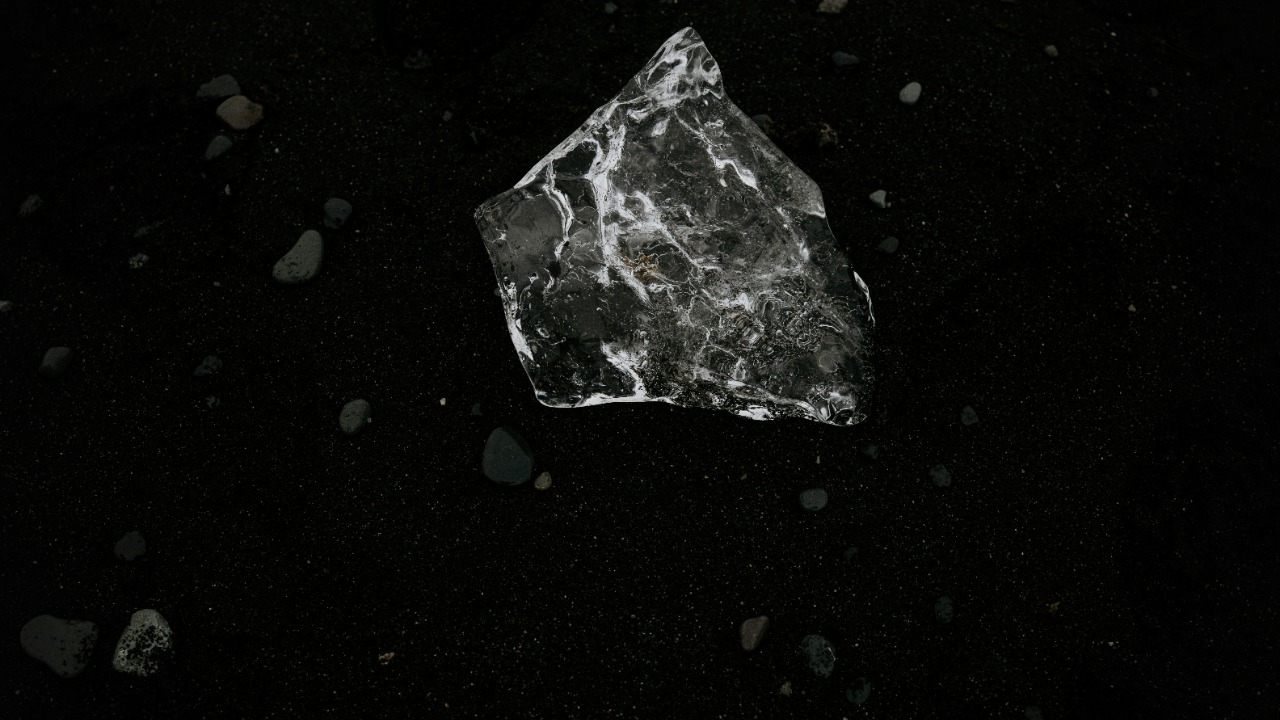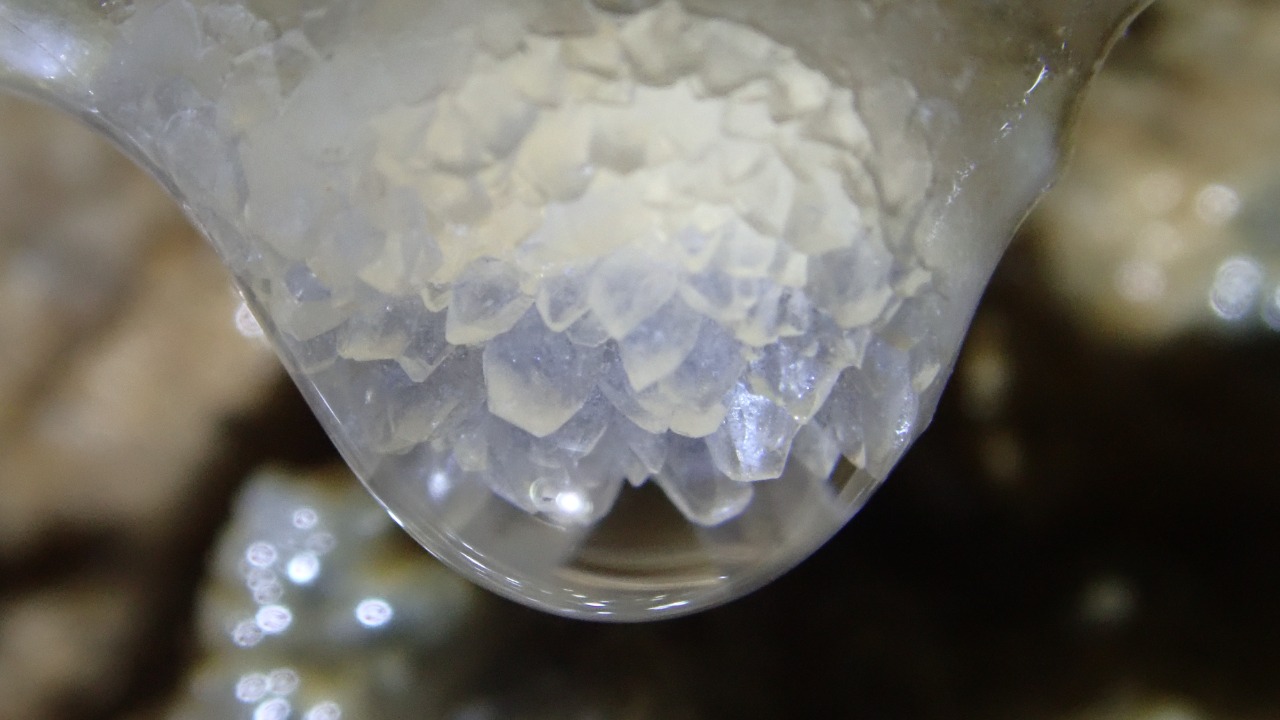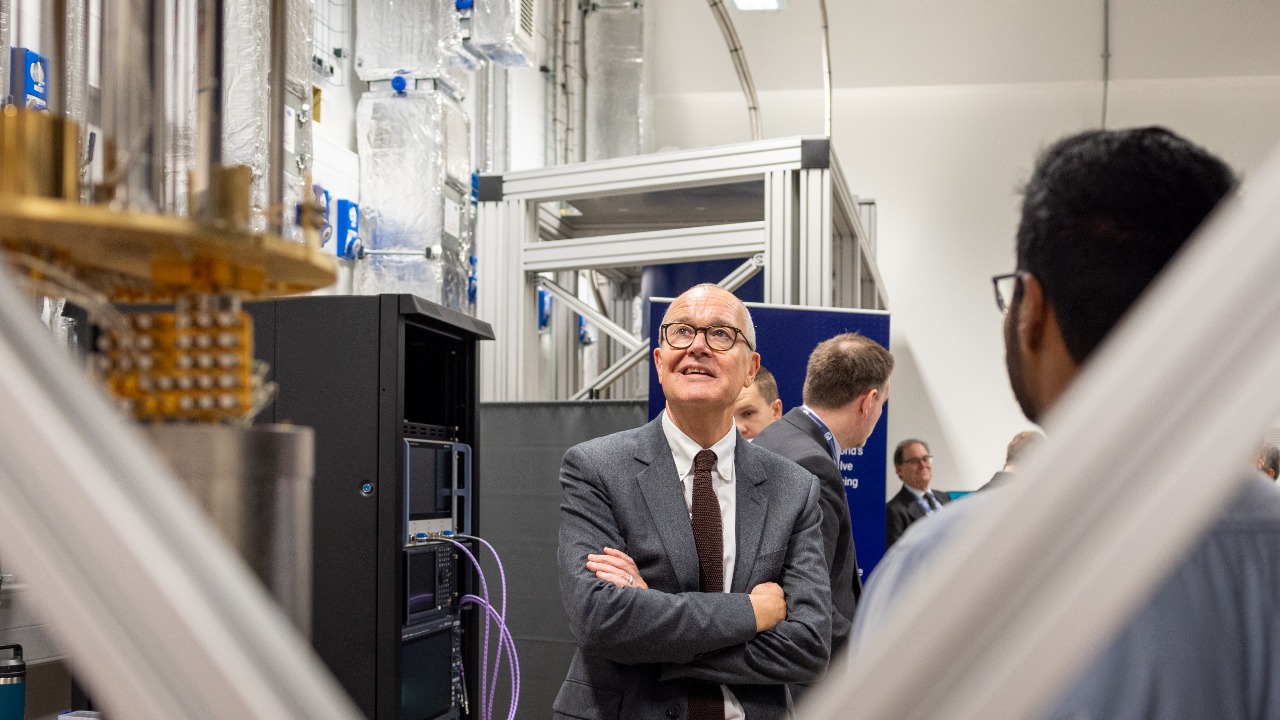
Scientists have confirmed the existence of a new form of matter known as “time crystals,” a discovery that challenges our conventional understanding of physics. Time crystals are unique in that they exhibit a repeating structure not just in space, but also in time, offering potential for groundbreaking applications in quantum computing and beyond.
This revelation is a remarkable advancement, stretching the boundaries of what we perceive as possible in the realm of material science.
Understanding Time Crystals

Definition and Characteristics
At its core, a time crystal is a state of matter that maintains periodicity in time, unlike traditional crystals which repeat in space. Conventional crystals, such as diamonds or quartz, have atoms arranged in a repeating spatial pattern. In contrast, time crystals exhibit a structure that repeats in time, meaning their atomic configuration changes periodically but returns to a previous state without energy loss. This dynamic state allows them to maintain order despite being in constant motion.
The concept of time periodicity is a groundbreaking departure from the static nature of traditional crystals. Unlike a pendulum, which requires external energy to maintain its swing, time crystals can sustain their time-based oscillations without external input. This is possible due to their unique quantum properties, allowing them to exist in a non-equilibrium state indefinitely.
Theoretical Background
The idea of time crystals was first proposed by Nobel laureate Frank Wilczek in 2012. Wilczek hypothesized that it might be possible for a system to exhibit periodicity in time, just as a crystal does in space. This theory challenged existing notions of equilibrium and time symmetry in physics. The mathematical framework supporting time crystals involves principles of quantum mechanics and symmetry breaking, suggesting that these structures could maintain temporal order in a way previously thought impossible.
Mathematically, time crystals are described using concepts from quantum theory, particularly dealing with systems that are out of thermal equilibrium. They exhibit what is known as “time symmetry breaking,” where the system’s lowest energy state is not static but rather exhibits movement through time. This concept defies the traditional laws of thermodynamics, which dictate that systems naturally progress towards disorder.
The Science Behind Discovery

Experimental Realization
The quest to create time crystals in the laboratory involved cutting-edge techniques and collaboration across multiple institutions. One of the first successful experimental realizations occurred at the University of Maryland and Harvard University. Researchers used trapped ions and superconducting qubits to establish conditions where time crystals could manifest. By applying a precise sequence of laser pulses to a chain of ytterbium ions, they were able to create a system that exhibited the hallmark time-repeating structure.
Key experiments have demonstrated that time crystals can exist under specific conditions, such as those created by manipulating quantum states in controlled environments. These experiments have not only confirmed the theoretical predictions but also opened new avenues for exploring non-equilibrium phases of matter. The results have been replicated and expanded upon by teams worldwide, further validating the existence of time crystals.
Role of Quantum Mechanics
Quantum mechanics plays a crucial role in the formation and stability of time crystals. The principles of superposition and entanglement allow particles within a time crystal to exhibit collective behavior, maintaining their periodicity over time. This is achieved through a phenomenon known as “many-body localization,” where interactions between particles prevent the system from reaching thermal equilibrium.
The interplay of quantum entanglement and time symmetry breaking is central to the behavior of time crystals. Entanglement ensures that the state of one particle is intrinsically linked to the state of another, allowing the entire system to oscillate in unison. This collective motion is what enables time crystals to defy the conventional tendency towards disorder, offering a stable platform for future technological applications.
Potential Applications and Implications

Quantum Computing
Time crystals hold significant promise for revolutionizing quantum computing by providing stable qubits, the fundamental units of quantum information. Their inherent stability and resistance to decoherence make them ideal candidates for enhancing the reliability and efficiency of quantum computers. Researchers are exploring ways to integrate time crystals into existing quantum technologies, potentially leading to advancements in computational power and speed.
Ongoing research efforts are focused on harnessing the unique properties of time crystals to develop new quantum algorithms and error-correction techniques. By leveraging their dynamic nature, scientists aim to overcome some of the key challenges faced in the field of quantum computing, such as maintaining coherence over extended periods.
Broader Implications
The discovery of time crystals extends beyond quantum computing, offering potential breakthroughs in materials science and technology. Their ability to remain stable in a dynamic state could lead to the development of new materials with unprecedented properties, such as enhanced durability or adaptability. These materials could have applications in a wide range of industries, from electronics to aerospace.
On a philosophical level, the existence of time crystals challenges our fundamental understanding of time and matter. It raises questions about the nature of time itself and whether it might be possible to harness time as a resource, much like we do with space. This paradigm shift in our perception of time could have profound implications for future scientific research and technological innovation.
Challenges and Future Directions

Technical Hurdles
Despite their potential, time crystals present several technical challenges. One of the primary hurdles is the difficulty in creating and maintaining the precise conditions required for their existence. Manipulating the delicate quantum states involved in time crystals necessitates advanced technology and expertise, making large-scale applications a daunting task.
Researchers are exploring innovative solutions to overcome these obstacles, such as developing new materials and techniques to stabilize time crystals in less controlled environments. Advances in quantum control and measurement technology will be crucial for unlocking the full potential of time crystals and facilitating their integration into practical applications.
Future Research
The future of time crystal research is promising, with several exciting directions on the horizon. Collaborative efforts among scientists worldwide are aimed at deepening our understanding of the properties and behavior of time crystals. Upcoming experiments and theoretical studies will focus on exploring the full range of possible states and transitions within time crystals, as well as their interactions with other quantum systems.
As research progresses, it is likely that new forms of time crystals will be discovered, each with unique characteristics and potential applications. These discoveries could pave the way for a new era in material science and quantum technology, driving innovation across multiple fields.
Public and Scientific Reception

Community Reactions
The scientific community has responded to the discovery of time crystals with a mix of enthusiasm and curiosity. The confirmation of their existence has sparked a flurry of research and discussion, with scientists eager to explore the implications of this new phase of matter. Public interest has also been piqued, with media coverage highlighting the potential of time crystals to transform technologies and challenge our understanding of the natural world.
While some researchers remain cautiously optimistic, the overall reception has been positive, with many viewing time crystals as a significant milestone in the field of quantum physics. This enthusiasm is reflected in the growing number of studies and collaborations focused on unraveling the mysteries of time crystals.
Educating and Engaging the Public
Efforts to make the concept of time crystals accessible to a broader audience are underway, with scientists and educators working to demystify this complex topic. Public lectures, science festivals, and online platforms are being utilized to engage people with the latest developments in time crystal research. By fostering a deeper understanding of this groundbreaking discovery, the scientific community hopes to inspire future generations of researchers and innovators.
For those interested in exploring the world of time crystals further, there are numerous resources available, including articles, videos, and interactive exhibits. Engaging with these materials can provide valuable insights into the potential of time crystals and their role in shaping the future of science and technology.